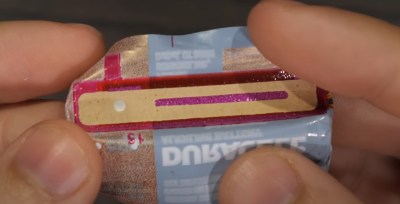If you’re passionate about signal processing and retro tech, you’ll want to check out the Createc SC 01, a quirky handheld oscilloscope that recently caught the eye of [Thomas Scherrer] from OZ2CPU Teardown. This device, cheekily dubbed a “signal computer,” promises to be both intriguing and, perhaps, frustrating. You can view [Thomas]’ original teardown video here.
This device is packed with buttons and a surprisingly retro aesthetic that can make even the most seasoned hacker feel nostalgic. With a sample rate of 20 MHz and a bandwidth of up to 10 MHz, it’s a digital oscilloscope with a twist. Users may find its setup challenging, thanks to a somewhat convoluted manual that boasts numerous errors. However, beneath the confusion lies the potential for creative exploration: this signal computer can analyse analog signals, perform calculations, and even store data.
Despite its quirks, the SC 01 is sure the experience. Imagine troubleshooting a circuit while grappling with its unpredictable user interface—an adventure in itself for those who like a techy challenge.
The Createc SC 01 is not just another tool; it’s an invitation to embrace the imperfections of vintage tech. If you enjoy the hands-on learning process and don’t shy away from a few hiccups, this device might be something you’ll enjoy. Hackaday featured an article on similar devices last year.
Continue reading “Signal Processing Shenanigans: The Createc SC 01 Pocket Oscilloscope”


















